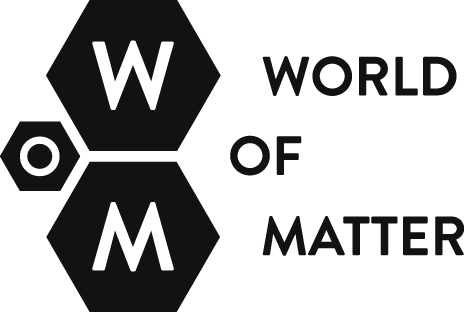HOW TO USE ARTISTIC MEANS TO ELUDE TRADE BARRIERS
It intrigued us that the same sugar we could buy in our local store would be offered for a trifle outside of Europe. All the trade statistics that charted cash flow indicated that the bulk of European sugar was being exported to Nigeria. We were surprised to learn that this region was where Europe was dumping its surplus sugar, especially since the African West Coast has the perfect climatic conditions for growing sugarcane itself. With data in hand, we departed for Lagos. The plan was to turn the flow of sugar around, by purchasing Europe’s cheap surplus sugar in Nigeria and shipping it back home. To elude the European trade barrier against sugar imports, we would make use of a minimal artistic intervention to turn the sugar crystals in situ into sculptural blocks, bringing them into Europe as ‘monument of sugar’. In this way, we could submit our import application under the Uniform Commercial Code Law 9703, which applied to ‘all monuments and original sculptures, regardless of the material in which they are produced’.
HOW TO USE ARTISTIC MEANS TO ELUDE TRADE BARRIERS
Artist/Author: Lonnie van Brummelen / Siebren de Haan
It intrigued us that the same sugar we could buy in our local store would be offered for a trifle outside of Europe. All the trade statistics that charted cash flow indicated that the bulk of European sugar was being exported to Nigeria. We were surprised to learn that this region was where Europe was dumping its surplus sugar, especially since the African West Coast has the perfect climatic conditions for growing sugarcane itself. With data in hand, we departed for Lagos. The plan was to turn the flow of sugar around, by purchasing Europe’s cheap surplus sugar in Nigeria and shipping it back home. To elude the European trade barrier against sugar imports, we would make use of a minimal artistic intervention to turn the sugar crystals in situ into sculptural blocks, bringing them into Europe as ‘monument of sugar’. In this way, we could submit our import application under the Uniform Commercial Code Law 9703, which applied to ‘all monuments and original sculptures, regardless of the material in which they are produced’.


